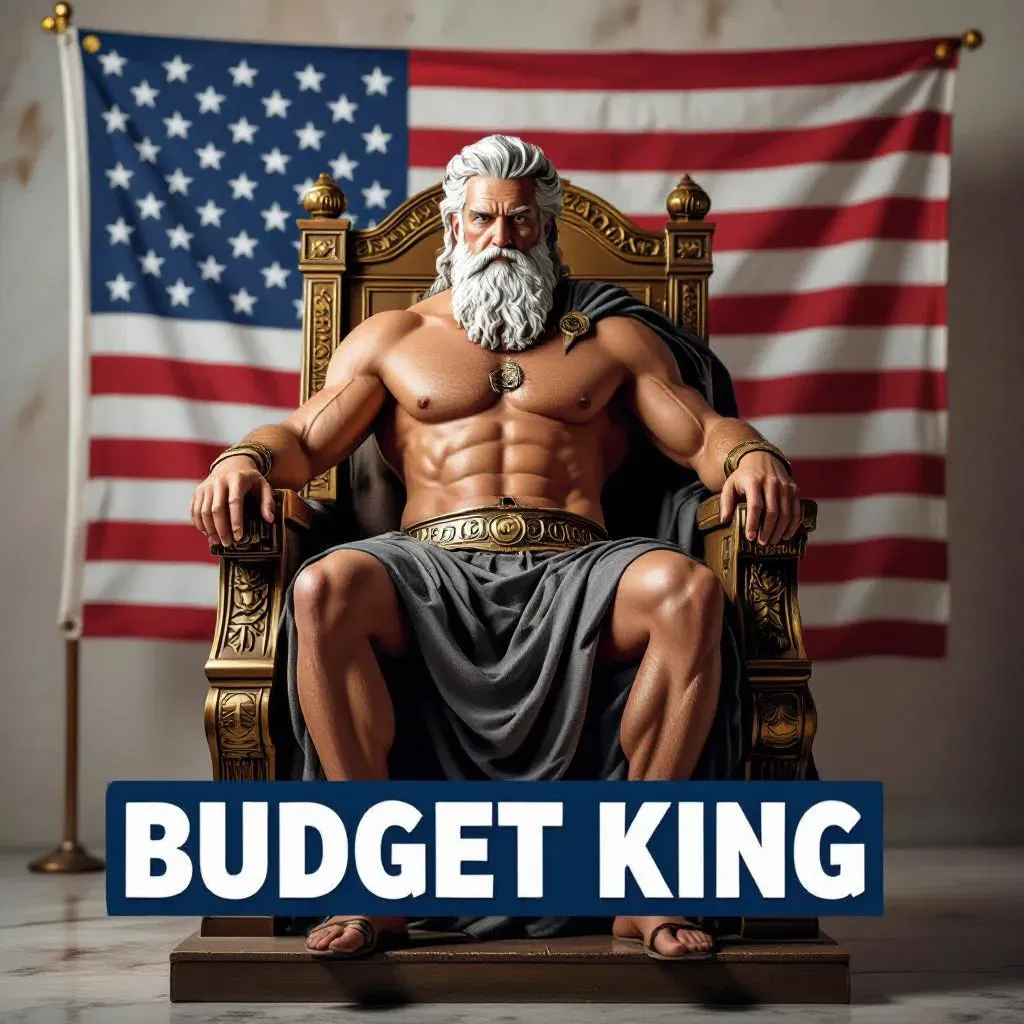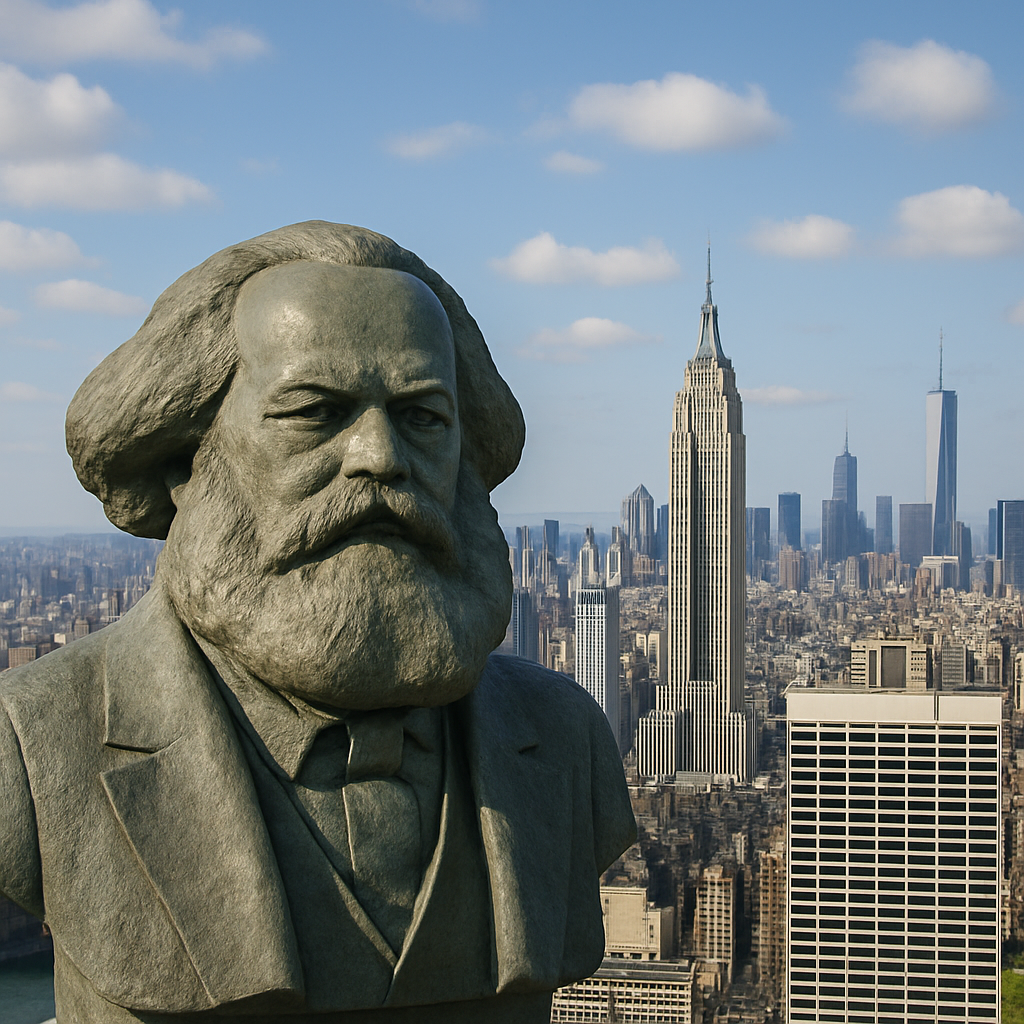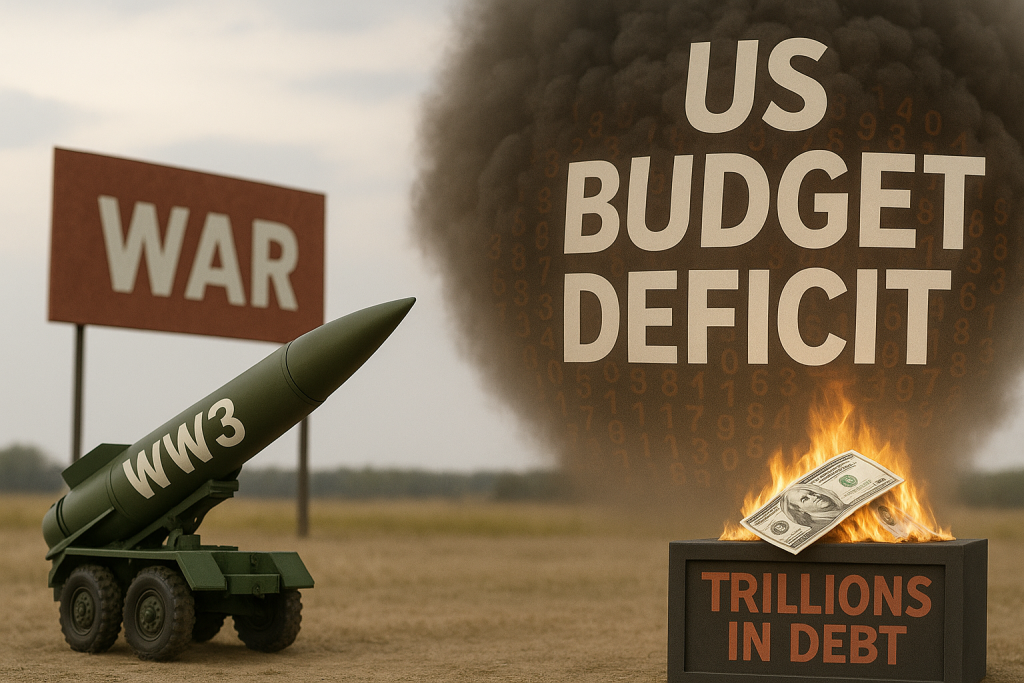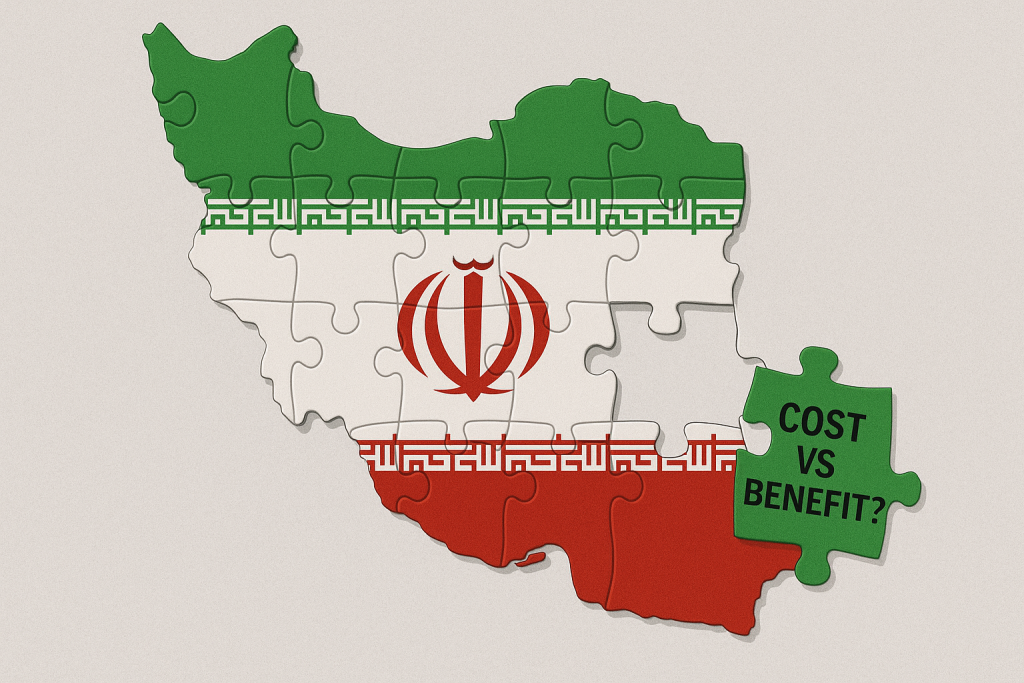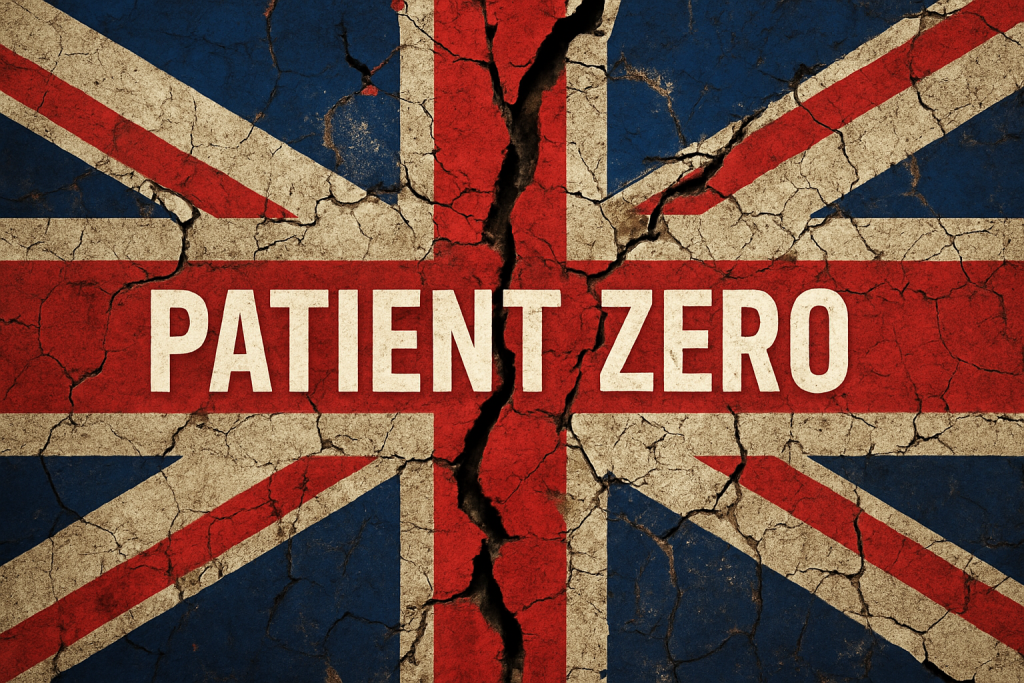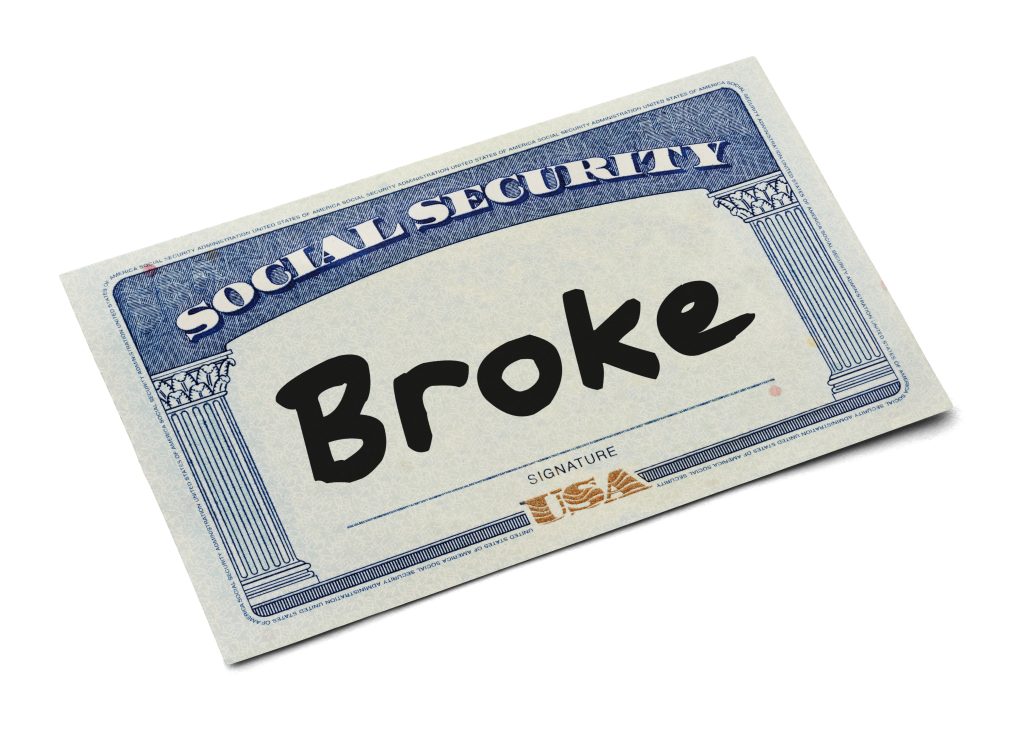Did you hear about the new streamlined tourist visa to Saudi Arabia? I’m sure you’re standing in line for it already.
No? Me neither.
I was actually stationed in Saudi Arabia for a while when I was in the Army… and, the most unique ‘tourist’ attraction, at least for non-Muslims, is a place we used to call “Chop Chop Square” where they would do the public beheadings and dismemberments of convicted criminals.
Aside from that, Saudi Arabia has virtually nothing to offer tourists. At least for now.
But over the past few years the government has set itself on a path to building massive futuristic cities and giant resorts in an effort to bring tourists and diversify its economy– including a recently streamlined visa process.
But to me, this screams of desperation… because it means that Saudi Arabia’s oil industry is in serious trouble.
As recently as just a century ago, what we know as ‘Saudi Arabia’ today was just a bunch of nomadic tribes roaming the desert who were constantly at war with one another.
Then one day a tribal leader named Abdulaziz Ibn Saud rose to power, a bit like Genghis Khan, and conquered everyone else. And in 1932, he declared himself sole ruler of the newly established Kingdom of Saudi Arabia.
Initially he wasn’t King of much at all; Saudi Arabia was mostly just a desert backwater in the early 1930s.
But things began to change quickly when a major oil discovery was made in early March of 1938. And over the years, Saudi Arabia’s prominence in the world grew dramatically.
By 1970, Saudi Arabia had overtaken the United States as the world’s #1 oil producer, with daily output more than tripling over the course of that decade to roughly 10 million barrels per day.
Ever since then there has been almost a Homeric mythology that Saudi Arabia has a sort of inexhaustible ocean of oil, and they could just turn on a spigot and fill up millions of barrels.
But that’s simply not true.
In fact, more than 40 years later, Saudi Arabia produces less oil today than they did in 1980. And there has long been speculation that Saudi oil reserves might actually be running low.
Not long ago, in fact, the Saudi government announced that they would make investments in their oil infrastructure to increase their maximum production capacity to 13 million barrels per day… but nothing further.
In other words, they set a hard ceiling for how much oil they were capable of producing, essentially shattering the mythology of their infinite oil capacity.
Then, just two months ago, they reversed their plans, and announced that their maximum drilling capacity would be 12 million barrels, and not 13 million.
Both of these should have been taken as obvious indicators that Saudi Arabia’s oil reserves are well past their peak… and that they know it.
But there is perhaps no greater indicator than the Saudi government’s desperate attempt to give its economy a gigantic sexy makeover.
For example, Saudi Arabia is building a ski resort in the desert mountains… where it occasionally dips below freezing in the winter. Then there’s Neom, the futuristic megapolis planned for the coast of the Red Sea featuring flying cabs and an artificial moon.
Then there’s The Line, a city stretching for 170 kilometers across the desert. And of course there’s the Red Sea Project, a luxurious resort the size of Belgium.
The more Saudi Arabia launches these sorts of projects, the more obvious it becomes that they are running out of oil and are desperately trying to diversify their economy while they still have time.
The fact that Saudi Arabia even started selling off small pieces of its state-owned oil company, Saudi Aramco, back in late 2019 is another indicator.
They could have IPO’d in 1988… or 2005… or any other time. But they didn’t. It seems like they know they’re in decline, and they’re trying to monetize the mythology of their oil reserves while they still can.
Now, Saudi Arabia isn’t going to run out of oil anytime soon; rather, the larger point is that supply and demand fundamentals will likely lead to much higher oil prices in the future.
And this is very inflationary.
Oil is the most important energy commodity in the world, and so its price influences the price of just about everything. If oil prices spike, then it’s not just the price of gasoline that goes up.
The cost of operating data centers with racks of servers and GPUs will increase. Food costs will increase. Manufacturing costs will increase. Virtually everything will increase in price.
Energy prices, like just about all prices, are ultimately about supply and demand. And the demand side is pretty easy to see— it will most likely continue increasing as emerging economies and global population grow.
Yes, there may be a time off in the future where oil is no longer necessary. But that’s still a long way out. Because guess what critical commodity you need to produce solar panels and wind turbines? Oil.
Meanwhile, on the supply side, it’s clear that one of the world’s biggest oil producers is in decline. At a minimum, they won’t be able to increase production commensurate with the increase in demand. And they’ve flat out admitted to that.
Meanwhile, another of the world’s biggest oil producers, the United States, is going out of its way to obstruct oil companies.
They create special taxes to penalize them. They refuse to follow the law and auction off concessions. They never miss an opportunity to demonize them.
Even in the financial industry, bankers and investors deprive the industry of the funds necessary for exploration. Hedge funds have taken over the Boards of major oil companies and forced them into inefficient green energy projects.
The United Nations hosts entire summits about phasing out oil production.
And let’s not forget about the fanatics who vandalize art museums and glitter bomb public sporting events to demand that the world “just stop” producing oil.
So, we have rising demand coupled with policies that restrict supply. The end result, predictably, has been rising oil prices, which are now hovering around $85-$90.
This is one of the reasons why the inflation numbers remain high; again, expensive energy impacts core inflation.
I write a lot about why we think the future is inflationary, and a lot of it has to do with the tidal wave of debt and government spending.
But that’s just one source of inflation. Higher energy prices are another.
Like the debt problem, however, the energy problem is also solvable. There’s plenty of oil in the world– the issue is just misguided policy. There are also other technologies (like nuclear) which can provide abundant, cheap, clean energy.
There doesn’t seem to be much appetite among the environmental fanatics who enjoy complaining, but not actually solving any problems.
Now, one way to offset this oil cost inflation is to own shares of the oil companies themselves; and right now, several of them that are very cheap since it’s apparently not socially acceptable to own them.
In our investment research newsletter the 4th Pillar, we highlighted a highly profitable oil producer that is practically debt-free, and trading at a very attractive Price/Earnings ratio of just 3.4.
The company was able to turn a strong profit when oil prices were low, and they’re positioned to do extremely well as oil prices go higher.
Of course, no one can be happy about the prospect of future inflation.
But there are solutions. And if you understand what’s likely coming, you can take steps now to reduce the impact or even potentially benefit from inflation.

